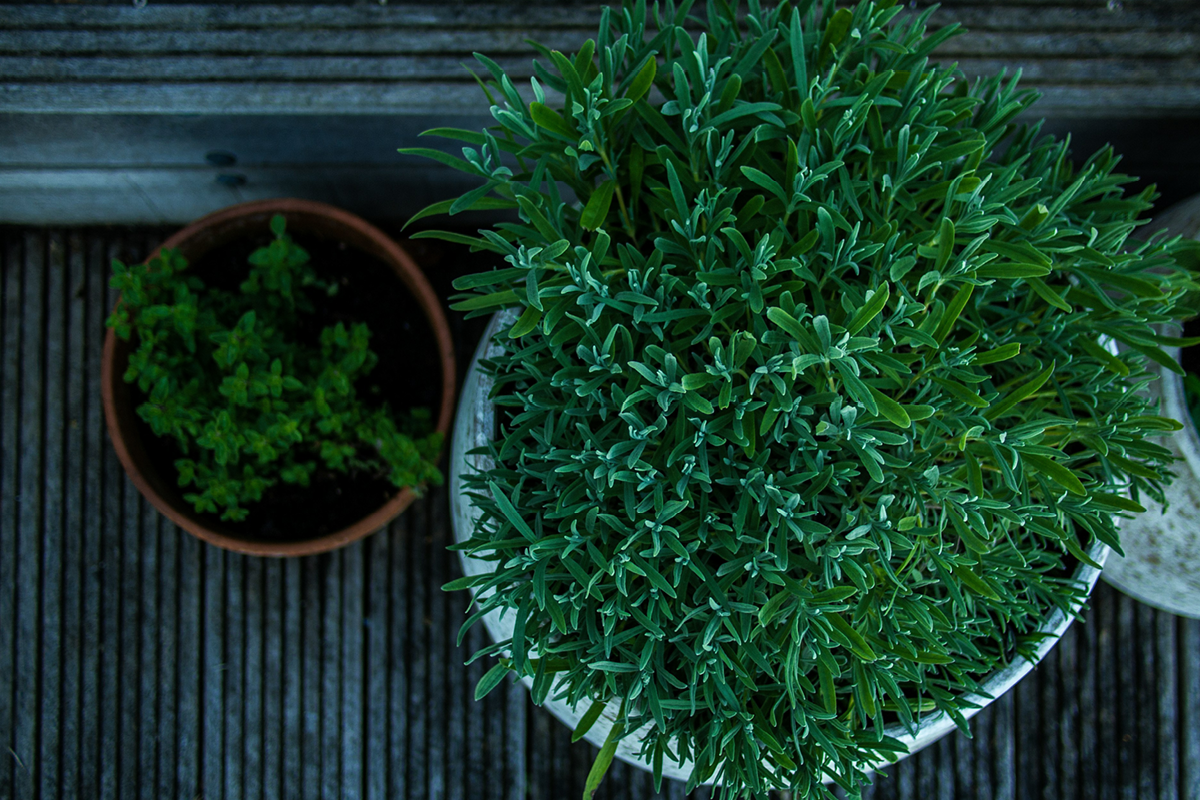THE MOST COMMON WEEDS IN GARDENS
Weeds are a common yet annoying problem that most UK gardeners will find themselves dealing with from time to time. It is important to know what we are looking for, as sometimes it can be hard to tell a weed apart from a garden plant.
To help you identify and deal with any weeds you may have, gardening expert Harry Bodell at PriceYourJob.co.uk has created this ultimate guide. Here are some of the most common weeds found in UK gardens and how to identify, prevent, and remove them:
Chickweed
One of the most common garden weeds in the UK is chickweed. The plants have small white flowers and can grow around 5-7cm high. These weeds set seed incredibly quickly and spread vigorously, so it is important to pull them up when the plants are young.
Chickweed loves damp soil, especially in spring and autumn, so it is important to remain vigilant. Address any draining issues as it grows in areas with poor drainage, and cut your grass regularly to prevent it from returning to lawns.
Fat Hen
Chenopodium album, more commonly known as the ‘fat hen’, is a fast-growing annual plant which, though cultivated in some regions, is usually considered a weed. Recognised for their broad leaves and green-white flowers, you might find them growing in your vegetable garden or compost heap as they love rich soil.
To effectively remove this weed and prevent further growth, hoe or pull up the seedlings before they grow into large plants. Fat hen seeds can lie dormant in the soil for up to 20 years, so it is important to stay on top of the issue and keep checking for new seedlings.
Groundsel
Groundsel is a common annual weed of rough and cultivated ground. You can find clusters of small yellow flowers appearing on the edges of roads, in gardens, and on waste ground all throughout the year. These weeds can grow quite tall, with flowers that look like small dandelion heads and one small plant can set hundreds of seeds which are dispersed by the wind.
Groundsel likes dry, shady areas, so it is important to check around your larger plants and vegetables, such as parsnips and cabbage. Hoe to remove the groundsel plants and check for any remaining flower heads, as these can still set seed and soon take over your garden.
Couch Grass
Also known as twitch or scutch grass, this plant just looks like a messy tuft of grass, but beneath the surface is a complex network of tough roots which can quickly take over a border or flower bed, tangling around the roots of shrubs and perennials if not removed. It spreads quickly once established, and plants come into growth in early spring, allowing it a head start on many other garden plants.
The good news is that couch grass isn’t deep-rooted, and seedlings or new plants are easily removed if spotted early. Remove it gently with a fork to ensure that you have got all of the roots out and to avoid damage to any surrounding plants which may be tangled.
Goosegrass
Goosegrass, also known as sticky weed or cleavers, is a tall, messy-looking weed that can very quickly take over a flower bed, sticking to other plants and to your clothes – this is how it spreads its seeds. This summer, annual grass forms a low-growing rosette with pronounced white-coloured leaf sheaths and can be very troublesome in turfs that are mowed short.
To remove goosegrass from your lawn or other areas, pull it out of the ground by hand or remove it using a small trowel when the soil is damp, such as after rainfall. Be sure to remove the roots as well as the leaves and stems to prevent the weed from growing again.
Dandelions
Dandelions, known for their yellow flowerheads packed with petals, can provide ornamental value in flower-rich lawns. Gardeners wishing to maintain a fine, formal lawn are, however, likely to consider them as weeds. They are also best kept under control in borders and flower beds as they could swamp or outcompete small or young plants that are being purposefully grown there.
The best way to get rid of dandelions is by hand digging, ensuring that you dig deep and remove the entire tap root. It is a good idea to leave them for the bees until the yellow flower heads die off, then remove the plants before they set seed, checking every week for any re-emerging plants.
Hairy Bittercress
Hairy bittercress (Cardamine hirsute) is a winter or summer annual weed. This weedy mustard is common in nurseries, container plants, turf, irrigated crops, and moist disturbed areas. It is a tiny plant with little white flowers and hides under larger plants, so it can be easy to miss.
Hairr bittercress launches its seeds in a way that can throw them up to a metre, so if it isn’t controlled, they can pop up all over your garden. Pulling out the weed usually leaves the root behind, allowing for re-sprouting, so it is best to use a long, slim tool to dig down and around the taproot to remove all plant material from the ground.
Prickly Milk Thistle
Known for its tall stems and pale-yellow flowers, milk Thistle, also known as sow thistle, has a strong tap root, which can be difficult to get rid of once it is established. Therefore, like with a lot of weeds, it is best to identify and remove this one while it is still young.
Milk thistle loves the dry, shaded areas of your garden and can hide behind other tall plants, so regular monitoring is key when it comes to combatting this weed. It can set hundreds of seeds per plant, so it is important to tackle the problem early and make sure that you remove all the roots.
Final Thoughts
Weeds can become a major problem in UK gardens if left to grow out of control. As well as often looking unsightly, they can take away vital water, sunlight, and nutrients that your grass and other garden plants need to grow healthily.
Fortunately, the issue of weeds is usually easily dealt with if you spot them early. If you stay vigilant and invest in the right tools and products for prevention and removal, you can keep your garden a weed-free zone all year round!
MORE ABOUT THE AUTHOR… HARRY BODELL: Harry Bodell is a UK-based landscaper with over 10 years of experience in the industry. As a gardening expert for PriceYourJob, Harry offers his expert advice to tradespeople and homeowners around the world. He has also been featured as a gardening expert in a wide range of reputable publications.














